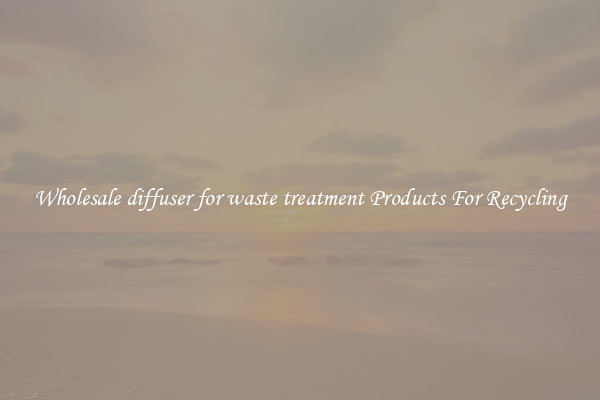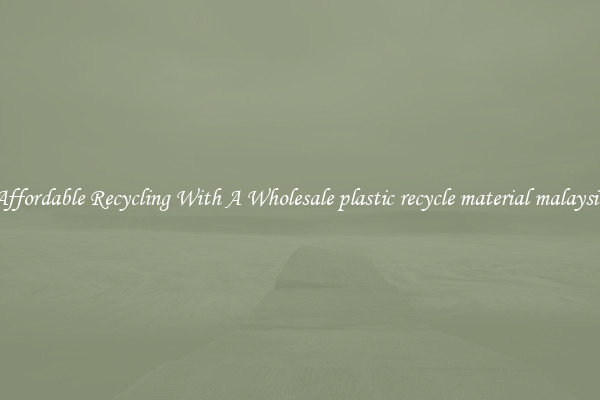Wholesale diffuser for waste treatment Products For Recycling
Wholesale diffuser for waste treatment products are essential tools in the recycling industry. These products are used to efficiently treat various types of waste materials, including wastewater, sludge, and solid waste. By utilizing diffuser products, waste treatment facilities can effectively breakdown waste materials and remove harmful pollutants before discharging treated water back into the environment.

One of the key benefits of using wholesale diffuser products in waste treatment is their ability to increase the efficiency of the treatment process. Diffusers enhance the mixing of air and water in treatment tanks, allowing for better oxygen transfer and chemical reactions to occur. This results in faster breakdown of organic materials and contaminants, ultimately leading to cleaner and safer water discharge.
In addition, diffuser products are cost-effective solutions for waste treatment facilities. By using diffusers, facilities can reduce energy consumption and operational costs associated with treating waste materials. These products help facilities achieve optimal treatment efficiency, ultimately saving money in the long run.
Wholesale diffuser products also play a crucial role in reducing the environmental impact of waste treatment processes. By effectively treating waste materials, diffusers help prevent the release of harmful pollutants into water bodies. This is particularly important in protecting aquatic ecosystems and ensuring the health and safety of surrounding communities.
There are various types of diffuser products available for wholesale purchase, including fine bubble diffusers, coarse bubble diffusers, and membrane diffusers. Each type of diffuser is designed to meet specific treatment requirements and can be customized to fit the needs of different waste treatment facilities.
Overall, wholesale diffuser products are essential tools for waste treatment facilities looking to improve their treatment processes and reduce their environmental impact. By investing in high-quality diffuser products, facilities can achieve optimal treatment efficiency, lower operational costs, and protect the environment for future generations.

View details

View details

View details

View details








